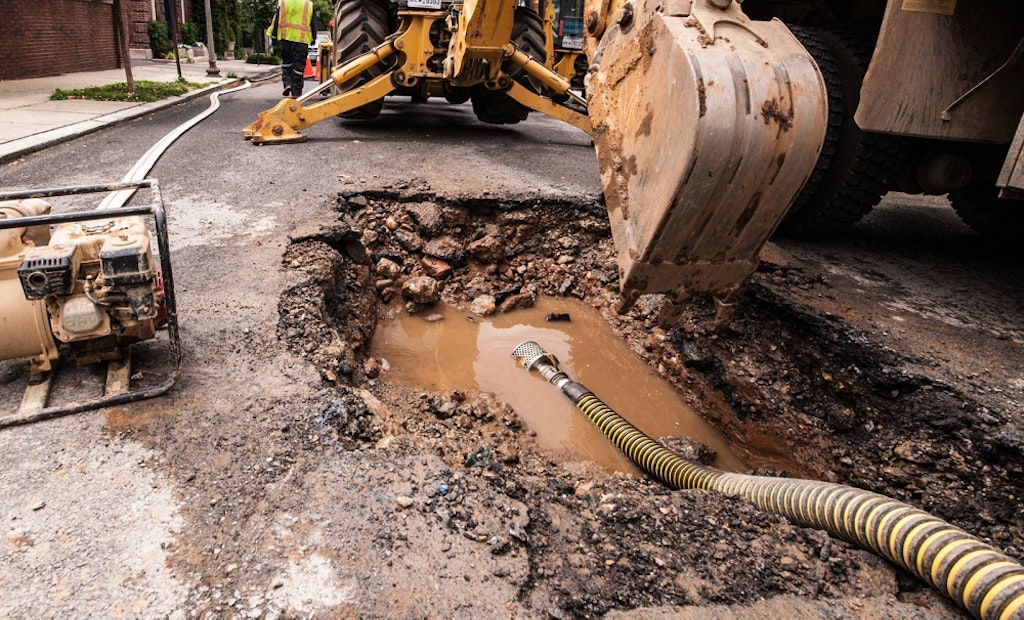Interested in Location/Detection?
Get Location/Detection articles, news and videos right in your inbox! Sign up now.
Location/Detection + Get AlertsCommunities across the country are facing the immediate challenges of aging and inadequate drinking water and wastewater infrastructure. Most of our country’s underground water infrastructure was built 50 or more years ago, and in some older cities, water mains are a century old. The implications of deteriorating infrastructure can be felt nationwide — each year our country experiences about 240,000 water main breaks, $2.6 billion is lost as our water mains leak trillions of gallons of treated drinking water, and billions of gallons of raw sewage are discharged into local surface waters from aging sewer overflows.
Despite significant federal, state and local expenditures, infrastructure investment has fallen short. Further, the cumulative investment gap is expected to widen substantially over the next 20 years with federal investments occupying a smaller space. EPA’s Clean Watershed Needs Survey and Drinking Water Needs Survey show that over $655 billion dollars in water infrastructure is needed over the next 20 years to keep pace with projected investment needs.
Over the years EPA’s Clean Water State Revolving Fund and Drinking Water State Revolving Fund have both been very successful at addressing important water-quality and public health needs of communities across the country. With these funds we have supported state and local water infrastructure investment that provides essential services and reduces pollution in our waterways.
While our state revolving funds have been highly successful, there are still too many communities facing infrastructure challenges caused by inadequate revenue and investment.
That’s why in 2015 we launched EPA’s Water Infrastructure and Resiliency Finance Center to identify and promote best management practices that can help local leaders to make informed decisions for drinking water, wastewater and stormwater infrastructure that are consistent with local needs. The center promotes the effective use of federal funds, identifies new approaches for procuring infrastructure services and capital investment for local and state governments, and employs strategies that can better serve small and lower income communities.
To explore the unique funding and financing challenges of these communities, EPA hosted a national convening on July 19 in in the District of Columbia where state, local and federal leaders shared best practices in coordinating funding and showcase innovative local financing solutions.
The time to act is now.
About the author
Jim Gebhardt is the director for EPA’s Water Infrastructure and Resiliency Finance Center. The center identifies financing approaches for public health and environmental goals by providing financial expertise to help communities make better-informed decisions about drinking water, wastewater and stormwater infrastructure.






